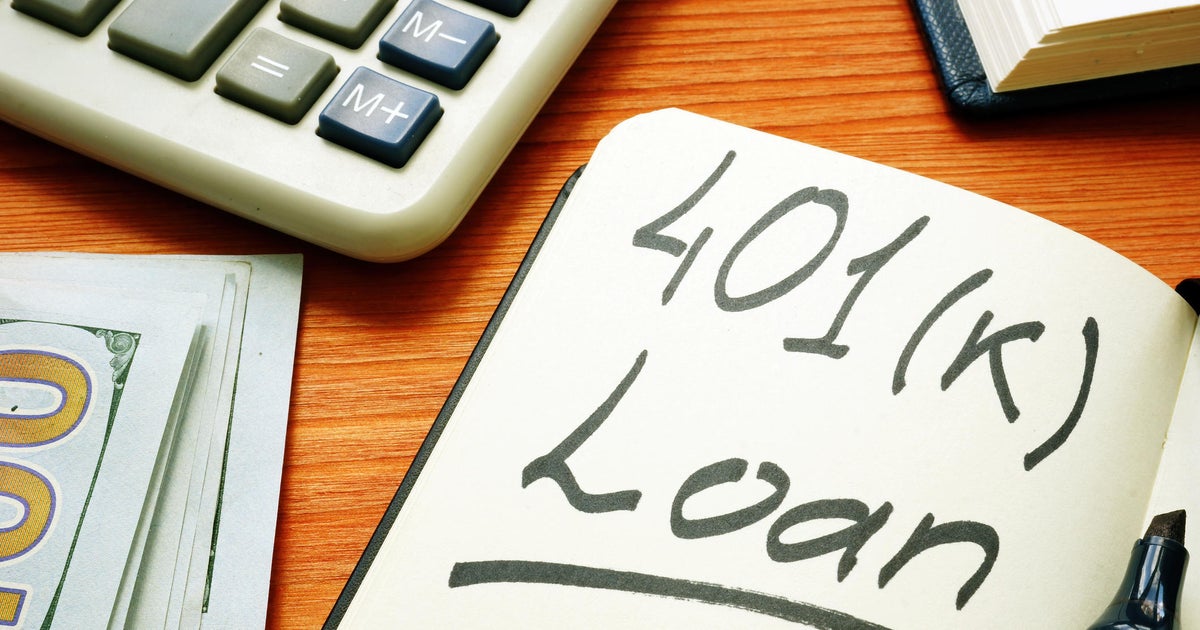5 hidden costs of carrying credit card debt
Credit card debt has become a serious problem nationwide — one that more and more people are saddled with. The typical cardholder now owes about $8,000 in credit card debt, contributing to a total of $1.17 trillion in credit card debt nationwide — a new high. That alone is concerning, but it's even more so when you consider that today's average credit card interest rates are also at a record high, exceeding 23%, while retail cards are even steeper, with rates averaging over 30%.
This record debt burden is not just a result of personal spending habits; it's driven by economic pressures such as rising living costs eating into people's budgets. As more people's finances are stretched thin, they're stuck borrowing money to help cover the gaps. While credit cards often serve as a financial lifeline in these situations, the high interest rates can quickly turn temporary reliance into long-term financial challenges.
But while the direct financial costs of credit card debt — like interest and fees — are apparent in monthly statements, the hidden costs often go unnoticed. These hidden costs can be just as damaging as the explicit costs of using credit cards, so it's important to know what they are before borrowing.
Find out how to get rid of your credit card debt today.
5 hidden costs of carrying credit card debt
Here's how carrying credit card debt affects more than just your bottom line.
Lost opportunities for wealth-building
One of the most significant hidden costs of carrying credit card debt is the lost opportunity to grow your wealth. Instead of saving or investing, you're likely spending hundreds — or even thousands — of dollars each year servicing high-interest debt. For instance, if you're paying $300 a month in interest, that's $3,600 annually that could otherwise go into a retirement account, an emergency fund or investments.
Consider the potential long-term impact: $3,600 invested yearly in a retirement account with an average annual return of 7% could grow by nearly $100,000 due to interest in just 20 years. That's money that could fund education, homeownership or a secure retirement. The longer you have that credit card debt, the more these missed opportunities add up, creating a financial gap that becomes harder to close over time.
Learn what debt relief strategies are available to you here.
Higher insurance premiums
Credit scores, which can be negatively affected by high credit card debt, can also play a key role in determining your insurance premiums. Many auto and homeowner insurance providers use credit scores to assess risk (in states where it's allowed). A lower score, often resulting from high credit utilization or late payments, signals a higher financial risk, which can lead to increased premiums.
For example, someone with a poor credit score might pay hundreds of dollars more annually for auto insurance than someone with excellent credit. Over several years, this difference can add up to thousands of dollars, draining your resources even further. While this cost may not be immediately visible, it's a hidden penalty for carrying credit card debt.
Limited access to favorable financial products
Having a high balance on your credit cards can severely limit your ability to qualify for favorable financial products. Credit card issuers and lenders often view high credit utilization as a sign of financial instability, making it harder to access loans, credit cards with better rewards or low-rate refinancing options.
For example, someone seeking a personal loan to consolidate debt might be offered an interest rate significantly higher than average — or denied entirely — due to their credit card debt. Even if approved, they might not qualify for the loan amount they need. These restrictions can make it difficult to improve your financial situation, trapping you in a cycle of high interest payments and limited options.
Decreased employment opportunities
In some industries, particularly those involving financial management or security, employers review credit reports as part of the hiring process. A high level of credit card debt can reflect poorly on your financial responsibility and raise concerns for potential employers.
While employers don't see specific details like your credit card interest rates or payment history, they can observe factors such as high balances or frequent delinquencies. This scrutiny can limit your career advancement or even disqualify you from certain positions, reducing your earning potential and making it harder to recover financially.
Reduced homeownership opportunities
For many, homeownership is a major financial goal — but carrying significant credit card debt can make it much harder to achieve. Mortgage lenders assess your financial health using factors like your debt-to-income (DTI) ratio and credit score. High credit card balances increase your DTI ratio and often lower your credit score, making you appear riskier to lenders.
But even if you qualify for a mortgage, high debt levels may lead to less favorable terms, such as a higher interest rate or a lower loan amount. For example, a borrower with excellent credit might secure a mortgage rate of 7% today, while someone with high credit card debt might only qualify for a rate of 8%. Over the life of a 30-year mortgage, that difference could cost tens of thousands of dollars.
The bottom line
Tackling credit card debt requires more than just paying the minimum balance, and understanding the hidden costs of credit card debt is a crucial part of taking control of your finances. By addressing these costs proactively, you can free up resources, improve your financial health and work toward long-term goals such as saving, investing and homeownership. The sooner you take action, though, the more you can minimize the impact of these hidden costs and build a brighter financial future.




